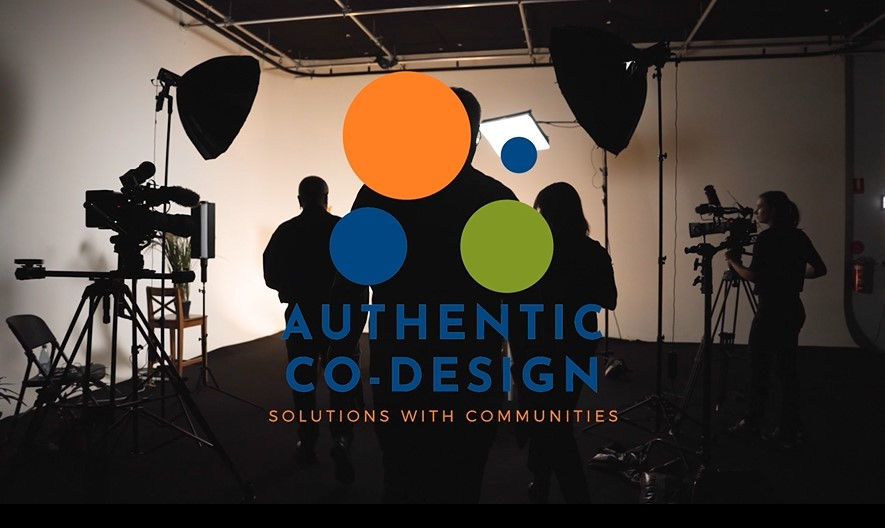Reflections on learning to co-design, authentically
- Max Hardy

- May 24, 2023
- 2 min read

Along with my colleagues, Susan Carter and Anthony Boxshall, we are delighted to be offering our first six-week bootcamp co-design course. We’ll be sharing much that we have learned over the years, drawing on our 80-page Authentic Co-design manual (you’ll receive a copy of this too!)
This new opportunity to share our approach has had me reflecting on some of the lessons I’ve learned over the years as a community engagement and co-design practitioner. About 15 years ago I was feeling quite disillusioned with ‘run-of-the-mill' community consultation. I felt that participants were being invited to comment on pre-developed options, or even a preferred solution, denied the opportunity to contribute ideas, knowledge and experience, and then accused of being NIMBYs that were against all development.
Over the past ten years or so deliberative engagement became more and more popular, and with it evidence of collaboration for those doing the deliberating at least. Following that, ‘co-design’ begins to gain traction; with participants playing a role in co-designing the process, creatively generating ideas, and then formulating a designed solution. But it soon became clear that it isn’t only community consultation that can be in-authentic; so too can deliberative engagement and co-design.
Just before COVID lockdowns, Anthony Boxshall and I developed a manual for Authentic Co-design (we were tempted to call it ‘Fair-dinkum Co-design). During lockdown, with the help of Susan Carter, we developed an online course based on this manual. Over the past few years, we’ve been involved in numerous co-design processes in many and varied sectors such as mental health, community visioning, air-quality monitoring, climate change resilience and even co-designing curriculum for rural surgeons.
And we’ve learned a few things along the way. Mostly we have learnt that it is really important to:
Gain shared agreement as to what we mean by co-design early in the process. Being unclear is often what leads to in-authentic processes.
Ensure there is something substantial on the table that can be influenced/shaped through co-design. It must be worth the effort that your participants are putting in.
Ensure that the sponsoring organisation is ‘ready’ and committed to the process and outcomes or is prepared in put some effort into becoming sufficiently ready if they are not yet.
Work with key internal and external participants early to build rapport and gain their input to the process instead of shutting out the people who will be able to make the outcomes of your co-design a reality.
Develop a worthwhile remit for co-design (sometimes called ‘the problem statement’ or ‘decision statement’). We’ve found this open-source resource on developing remits developed by the fabulous Ingred Burkett incredibly helpful – Problem Framing Canvas.
Do not impose a process on potential participants; be willing to adapt and build the process (this helps build capability and trust for doing the ‘problem-solving’ or strategy building.
Realise that co-design is not for every challenge or opportunity – as we discussed in this blog
Our upcoming bootcamp will provide a new opportunity to learn from the Authentic C-design team, and each other. We know we can never afford to stop learning. We are looking for those curious about doing engagement better to join us and learn how to join us and reimagine how we can respond to those really tricky problems.
Max




Comments